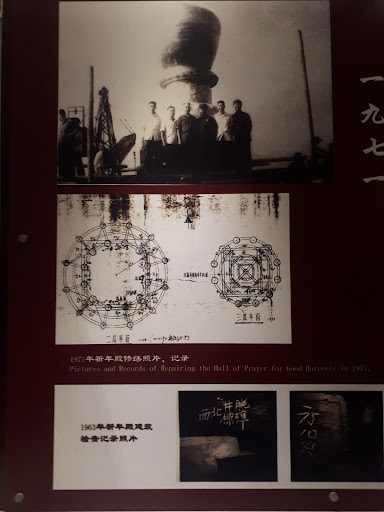Temple of Heaven things to do, attractions, restaurants, events info and trip planning
Basic Info
Temple of Heaven
Dongcheng, China, 100061
4.6(1.4K)$$$$
Open 24 hours
Save
spot
spot
Ratings & Description
Info
The Temple of Heaven is a complex of imperial religious buildings situated in the southeastern part of central Beijing. The complex was visited by the Emperors of the Ming and Qing dynasties for annual ceremonies of prayer to Heaven for a good harvest.
Cultural
Outdoor
Family friendly
attractions: Zhaigong Ticket Office, Baihuayuan, 双环万寿亭, Chinese Rose Garden, Temple of Heaven, 斋宫, Temple of Heaven Park Children's Paradise, 祈年门, Beijing Museum of Natural History, 九龙柏, restaurants: 天坛餐厅, 老磁器口豆汁儿店, Dahaiwan Old Beijing Noodle, Hotel Restaurant, Lao Ciqikou Douzhi Shop, Taotaoju Restaurant, Jinshiyuan Restaurant, Xinjiang Restaurant, 老北京炸酱面大王, 御膳饭庄
 Learn more insights from Wanderboat AI.
Learn more insights from Wanderboat AI.Phone
+86 10 6702 8866
Website
tiantanpark.com
Plan your stay

Pet-friendly Hotels in Beijing
Find a cozy hotel nearby and make it a full experience.

Affordable Hotels in Beijing
Find a cozy hotel nearby and make it a full experience.

The Coolest Hotels You Haven't Heard Of (Yet)
Find a cozy hotel nearby and make it a full experience.

Trending Stays Worth the Hype in Beijing
Find a cozy hotel nearby and make it a full experience.
Reviews
Nearby attractions of Temple of Heaven
Zhaigong Ticket Office
Baihuayuan
双环万寿亭
Chinese Rose Garden
Temple of Heaven
斋宫
Temple of Heaven Park Children's Paradise
祈年门
Beijing Museum of Natural History
九龙柏
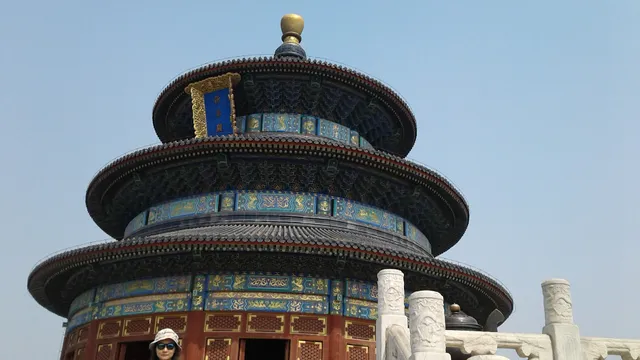
Zhaigong Ticket Office
4.0
(19)
Open 24 hours
Click for details
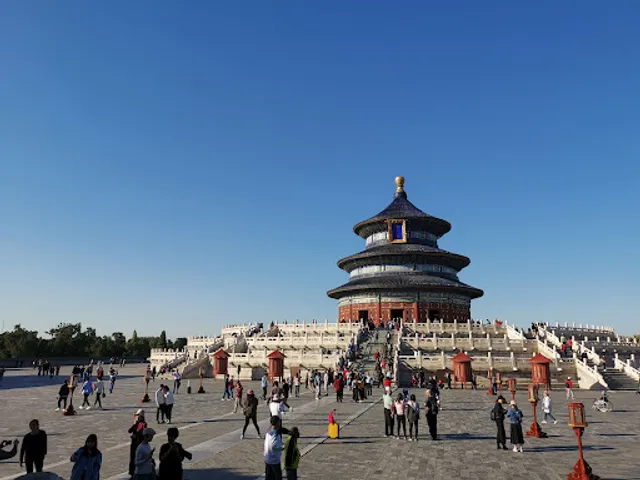
Baihuayuan
4.6
(8)
Open 24 hours
Click for details
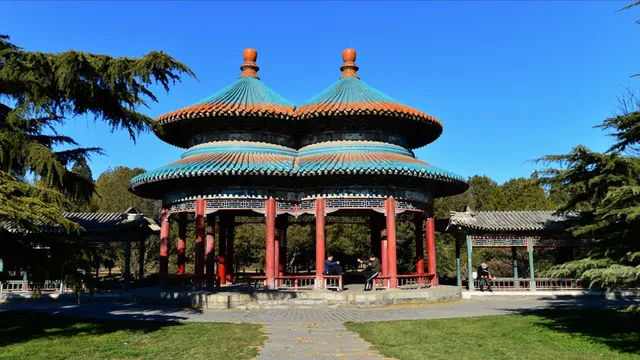
双环万寿亭
4.5
(21)
Open 24 hours
Click for details
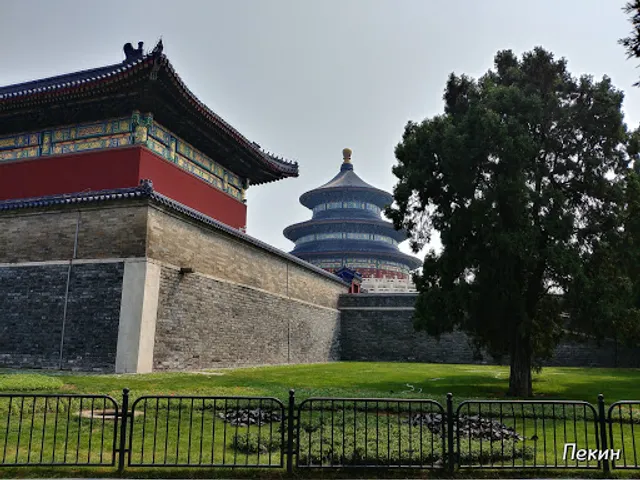
Chinese Rose Garden
4.5
(45)
Open 24 hours
Click for details
Nearby restaurants of Temple of Heaven
天坛餐厅
老磁器口豆汁儿店
Dahaiwan Old Beijing Noodle
Hotel Restaurant
Lao Ciqikou Douzhi Shop
Taotaoju Restaurant
Jinshiyuan Restaurant
Xinjiang Restaurant
老北京炸酱面大王
御膳饭庄
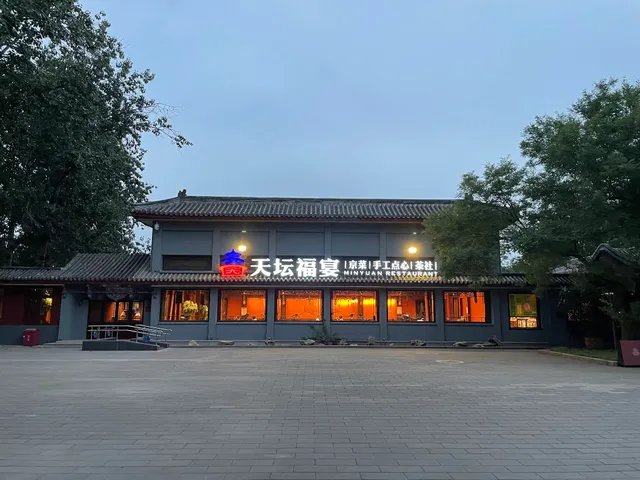
天坛餐厅
4.8
(10)
Click for details
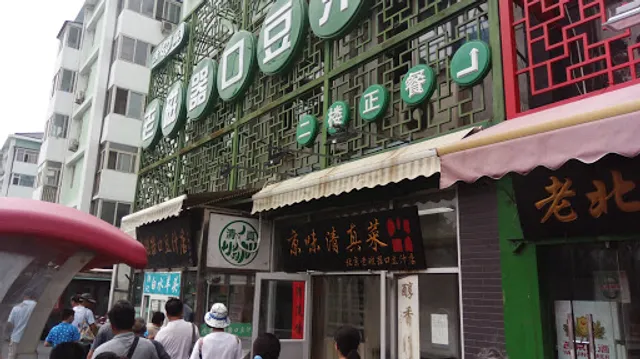
老磁器口豆汁儿店
2.5
(1)
Click for details

Dahaiwan Old Beijing Noodle
4.7
(5)
Click for details

Hotel Restaurant
4.5
(2)
Click for details




